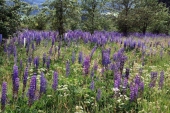

 5
5




A tree responds to pollarding by building a
dense mass of woody fibres around the cutting
points. This bulky mass resists decay and
effectively divides the vigorous juvenile growth
from the aging stem (Harris et al., 1999). Hence, the
defensive and structural integrity of the tree is
maximized using this pruning system because
pruning cuts are made when biological reactivity of
the trees is quite high and living cells quickly react
to wounds and environmental changes and can
develop a strong defensive reaction (Coder, 1996).
Also, pollarded trees develop a constantly
rejuvenated, energy-creating young canopy, on top
of an increasingly ancient trunk. This slows the
tree’s normal aging processes.
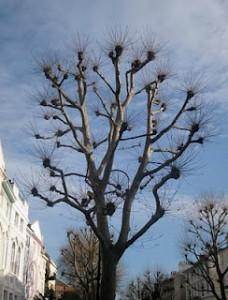
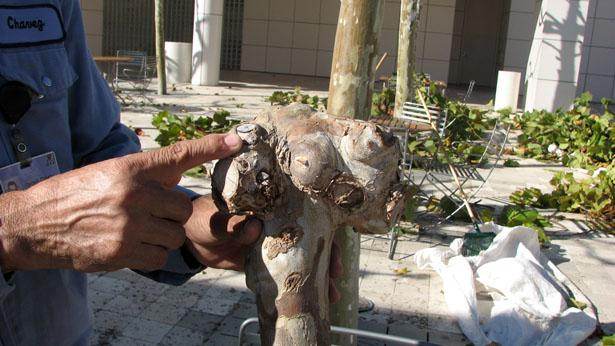

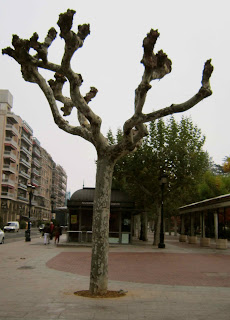

"Instead of Pay It Forward I prefer Plant It Forward" ~Howard Story / "God has cared for these trees, saved them from drought, disease, avalanches, and a thousand tempests and floods. But he cannot save them from fools." ~John Muir
My Project Page

 4
4




![Filename: 2-Willow-pollard-in-May-.jpg
Description: [Thumbnail for 2-Willow-pollard-in-May-.jpg]](/t/42620/a/24078/2-Willow-pollard-in-May-.jpg)
Works at a residential alternative high school in the Himalayas SECMOL.org . "Back home" is Cape Cod, E Coast USA.





 3
3




Works at a residential alternative high school in the Himalayas SECMOL.org . "Back home" is Cape Cod, E Coast USA.
 4
4




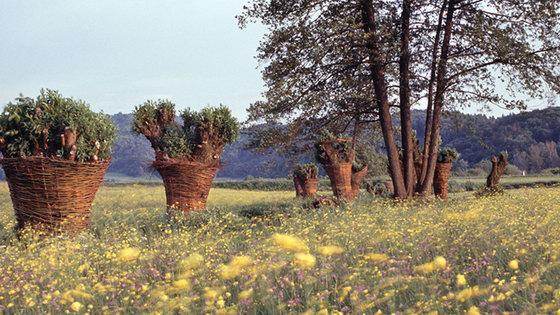


















 1
1




"Instead of Pay It Forward I prefer Plant It Forward" ~Howard Story / "God has cared for these trees, saved them from drought, disease, avalanches, and a thousand tempests and floods. But he cannot save them from fools." ~John Muir
My Project Page




 2
2




'What we do now echoes in eternity.' Marcus Aurelius
How Permies Works Dr. Redhawk's Epic Soil Series




 2
2




'Optimism is a moral duty' ~Attributed to Immanuel Kant
 2
2




 2
2




'Optimism is a moral duty' ~Attributed to Immanuel Kant

|
Any sufficiently advanced technology will be used as a cat toy. And this tiny ad contains a very small cat:
The new permaculture playing cards kickstarter is now live!
https://www.kickstarter.com/projects/paulwheaton/garden-cards
|


